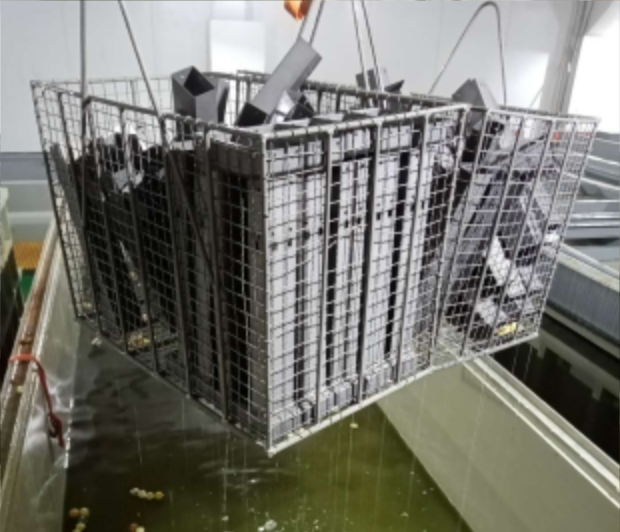Phosphating is a process in which the workpiece is placed in a phosphate solution containing manganese, iron, and zinc to form a phosphate film that is insoluble in water on the surface of the workpiece. It is also called phosphate treatment. According to operating temperature phosphating can be divided into three types: high temperature, medium temperature and low temperature phosphating.

The thickness of the phosphating film is about 3-20 microns, and it is gray or dark gray. It has good combination with metal matrix and is very stable under atmospheric conditions. The atmospheric conditions mentioned here are very important. The corrosion resistance mentioned in the black and blue color of steel parts is also under atmospheric conditions. In acid and alkali environments, phosphates and metal oxides are not resistant to corrosion. The surface treated with phosphating liquid oxidation has good corrosion resistance in organic oils, benzene, toluene, and various gaseous fuels, and the corrosion resistance of the phosphating film is 2-10 times more than that of the oxide film.
To sum up, in fact, the oxide film and phosphating film of metal are not corrosion-resistant in natural humid environments, so they are generally used as pre-treatment for surface treatment, that is to say, powder spraying or painting is carried out after oxidation or phosphating. In this way, it has strong corrosion resistance even in humid acid and alkali environments. In addition, in addition to the good adhesion between the phosphating film and the substrate, it also has good adhesion to the paint coating. This means that the paint film will not fall off easily after being sprayed after phosphating. In the same hundred-grid experiment, there is a big difference between no-phosphating treatment and phosphating treatment.

